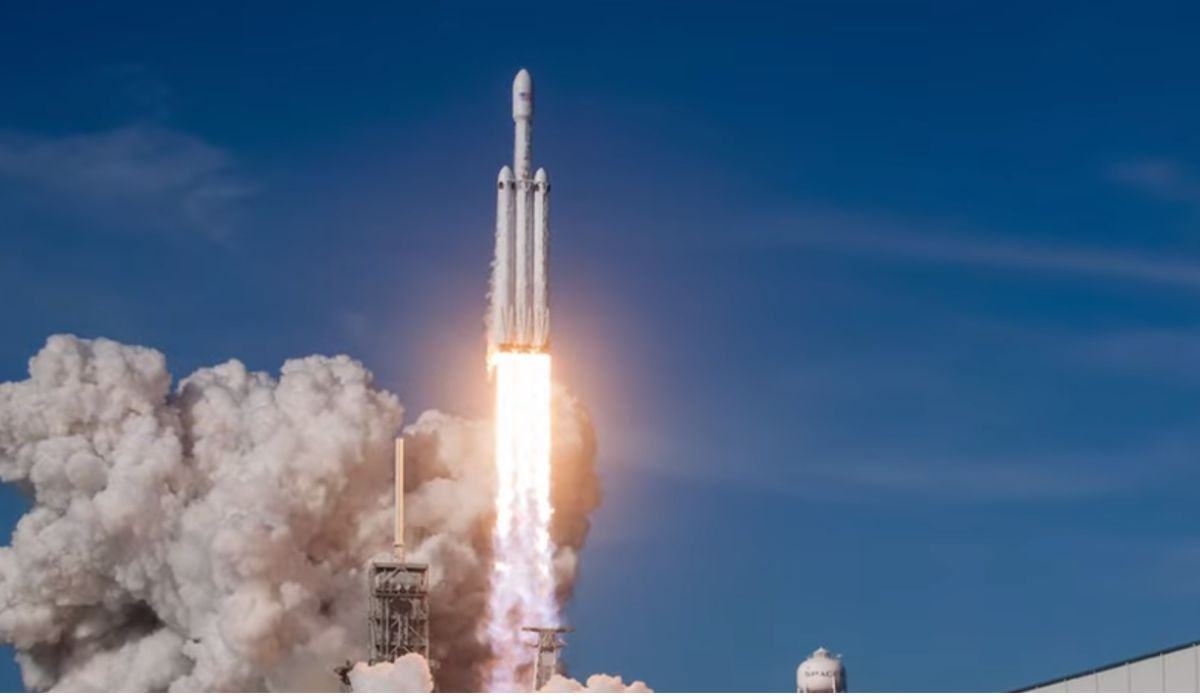NASA has unveiled its latest plan to send astronauts to a near-Earth asteroid, named “Prospects for Future Human Space Flight Missions to Near-Earth Asteroids.” This ambitious project can trace its roots back to a 2010 speech by President Obama at the Kennedy Space Center.
The announcement by Obama came as a way to address concerns after he discontinued the Constellation Program, which was the prior initiative to revisit the moon. Instead of going back to the moon, Obama suggested we set our sights on an asteroid as a stepping stone before a manned mission to Mars. This fresh proposal isn’t funded yet, but it notably suggests using SpaceX’s Starship, rather than the originally intended Orion spacecraft.
However, Obama’s asteroid mission was met with skepticism. It eventually morphed into the Asteroid Redirect Mission, aiming to move a small asteroid or boulder into lunar orbit for a crew to visit. The scientific community wasn’t entirely on board, with experts like Dr. Richard Binzel from MIT voicing strong reservations. Dr. Binzel championed an extensive survey of near-Earth asteroids to identify potential threats to our planet.
The Asteroid Redirect Mission was short-lived, coming to an end with Donald Trump‘s tenure, who then launched the Artemis program. This new initiative shifted NASA’s focus back to the moon, setting the stage for future Mars missions. And unlike its predecessors, the Artemis program has been quite successful, with its maiden uncrewed mission around the moon proving triumphant.
After stepping into office, President Biden embraced the Artemis program, aiming for the next major Artemis II mission around the moon by late 2024.
But Earth-approaching asteroids haven’t been overlooked during Trump’s and now Biden’s tenures. The DART Mission successfully demonstrated how to shift an asteroid’s trajectory if it’s on a collision course with Earth. Plus, there are plans in the pipeline for the Near-Earth Object Surveyor telescope, set to launch by September 2027, to spot and study these close-flying asteroids.
Sending a SpaceX Starship to a near-Earth asteroid sounds a lot more exciting than the initial idea floated by President Obama. The Starship’s capabilities are pretty incredible — it can haul up to 100 metric tons within the inner solar system. In fact, Elon Musk has his eyes on the prize with visions of using Starships to establish a Mars settlement.
In NASA’s blueprint for 2039, a Starship would first be launched into low Earth orbit. After refueling it, a crew of three aboard a Dragon would then meet and dock with the Starship. This spaceship would then journey out of Earth’s orbit to an asteroid named 2001 FR85, which is believed to be between 29 to 65 meters in size. After tagging alongside the asteroid, collecting samples and deploying robots, the Starship would then head back to Earth’s orbit. Here, the astronauts would switch to another Dragon to make their way home.
So, why bother with this mission? Well, for one, asteroids coming too close to Earth could pose a collision risk. Remember that massive asteroid that put an end to the dinosaurs about 63 million years ago? By studying these near-Earth asteroids, we can better understand their behavior, which could be vital if one heads our way.
But there’s another angle to this: asteroids (and the moon) are like a gold mine in space, bursting with valuable resources. Imagine being able to extract minerals for space industries, creating products that might be tricky or even impossible to manufacture on Earth.
If we’re keen on tackling climate change and uplifting living standards globally, looking to space for mining and industry could be the game changer. Broadening Earth’s economic reach into space isn’t just an ambitious dream; it could be essential for humanity’s future.

Subscribe to Our Latest Newsletter
To Read Our Exclusive Content, Sign up Now. $5/Monthly, $50/Yearly
Categories: Technology
Source: vtt.edu.vn
